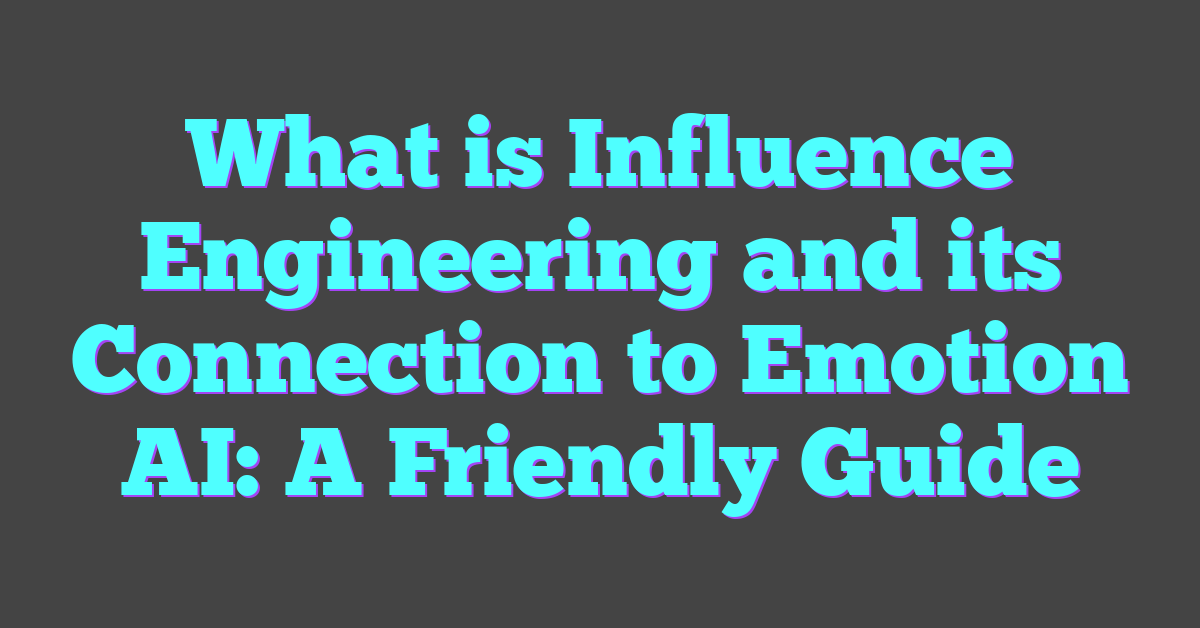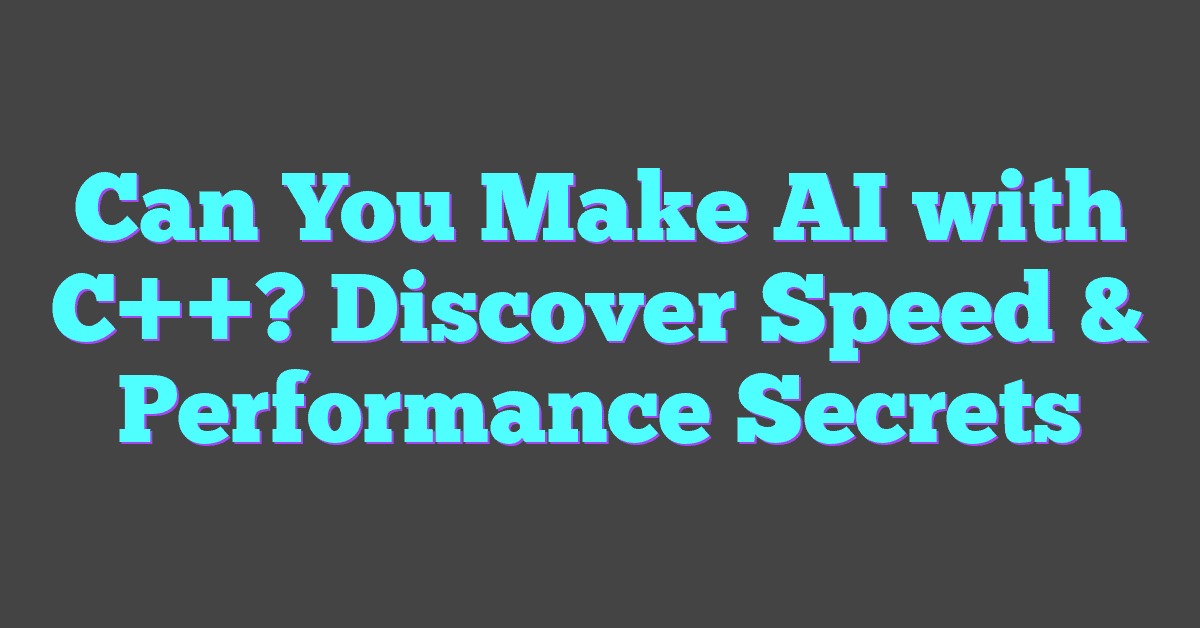Key Takeaways
- AI Enhances Creativity: By automating repetitive tasks, AI allows artists, writers, and designers to focus on higher-level creative endeavors.
- Diverse AI Tools: Technologies like Adobe Sensei, GPT-4, and AIVA are transforming graphic design, content writing, music composition, and video production.
- Job Transformation: While AI may displace certain traditional roles, it also creates new opportunities that blend technology with creative expertise.
- Need for Upskilling: Traditional creatives must acquire new skills and adapt to AI-driven software to remain competitive in the evolving landscape.
- Emerging Trends: Personalized content, enhanced human-AI collaboration, and the integration of AR/VR are shaping the future of creative industries.
As artificial intelligence continues to evolve, its presence in creative industries grows stronger. Artists, writers, and designers are finding themselves collaborating with intelligent machines, reshaping the landscape of traditional creative roles.
This shift brings both opportunities and challenges. On one hand, AI can enhance creativity by handling repetitive tasks, allowing creatives to focus on what they do best. On the other, it raises questions about the future of jobs that once relied solely on human ingenuity. Exploring this dynamic interplay helps us understand how creativity and technology can coexist and thrive together.
Overview Of AI In The Creative Industry
Artificial intelligence reshapes the creative landscape by automating tasks and enhancing artistic capabilities. Its integration spans various creative disciplines, driving innovation and efficiency.

Definition And Scope
AI in the creative industry refers to the use of machine learning algorithms and artificial intelligence technologies to assist, augment, or automate creative processes. This encompasses:
- Content Generation: Producing text, images, music, and videos.
- Design Assistance: Enhancing graphic design through predictive tools.
- Creative Editing: Automating editing tasks in writing and media production.
- Personalization: Tailoring content to individual preferences using data analysis.
- Collaborative Creation: Facilitating human-AI partnerships in artistic endeavors.
Current Applications
AI leverages machine learning to transform creative fields through various applications:
Graphic Design
- Tools like Adobe Sensei automate image editing and design suggestions.
- Platforms such as Canva use AI for template recommendations.
Content Writing
- GPT-based models generate articles, blogs, and marketing copy.
- AI editors like Grammarly enhance writing quality and coherence.
Music Composition
- Applications like AIVA compose original music pieces.
- Platforms such as Amper Music enable users to create custom soundtracks.
Video Production
- AI-driven software like Lumen5 converts text into engaging videos.
- Tools like DeepBrain AI generate realistic virtual avatars for presentations.
Marketing and Advertising
- AI analyzes consumer data to create targeted advertising campaigns.
- Predictive analytics tools optimize content for higher engagement rates.
- AI predicts fashion trends and suggests design elements.
- Virtual fitting rooms use AI to enhance the shopping experience.
| Application Area | AI Tools/Platforms | Functionality |
|---|---|---|
| Graphic Design | Adobe Sensei, Canva | Automated editing, design suggestions |
| Content Writing | GPT-4, Grammarly | Content generation, writing enhancement |
| Music Composition | AIVA, Amper Music | Original music creation, custom soundtracks |
| Video Production | Lumen5, DeepBrain AI | Text-to-video conversion, virtual avatars |
| Marketing & Advertising | HubSpot AI, Google Analytics | Targeted campaigns, engagement optimization |
| Fashion Design | Stitch Fix AI, Vue.ai | Trend prediction, virtual fitting rooms |
AI continues to expand its role in the creative industry, offering tools that enhance productivity and enable new forms of artistic expression.
Changes In Creative Job Roles
AI integration modifies creative job roles, altering tasks and creating new positions within the industry.
Automation Of Tasks
AI automates repetitive tasks, enhancing efficiency in creative workflows. Graphic designers use tools like Adobe Sensei to streamline image editing. Content writers leverage GPT-based models for initial drafts. Video editors employ AI for basic cuts and transitions. Automating these tasks allows professionals to focus on higher-level creative decisions.
Emergence Of New Roles
AI fosters new job roles that bridge technology and creativity. AI specialists manage and optimize machine learning models for creative applications. Data analysts interpret AI-generated data to inform creative strategies. Creative technologists develop innovative AI-driven projects. These roles ensure effective collaboration between human creativity and artificial intelligence.
Advantages Of AI In Creative Fields
AI revolutionizes creative industries by enhancing productivity and expanding artistic horizons.
Increased Efficiency
AI automates repetitive tasks, streamlining creative workflows and allowing professionals to concentrate on higher-level strategies. Graphic designers utilize tools like Adobe Sensei for swift image editing, while content writers employ GPT-based models to generate initial drafts. This automation accelerates project completion, reduces costs, and improves overall workflow efficiency.
Enhanced Creative Possibilities
AI introduces innovative tools that expand the boundaries of artistic expression. Machine learning algorithms assist in generating unique design patterns, composing original music, and personalizing content to meet diverse audience preferences. These capabilities enable creators to explore new styles, experiment with complex ideas, and deliver customized experiences, fostering greater creativity and innovation across various creative disciplines.
Challenges Faced By Traditional Creatives
Traditional creatives encounter significant obstacles as AI technologies integrate into their industries. These challenges require adaptation and strategic responses to maintain relevance.
Job Displacement
AI automation replaces tasks previously handled by traditional creatives, leading to job reductions in certain areas. For example, graphic designers may find routine image editing tasks automated by tools like Adobe Sensei. Similarly, content writers might see AI-generated drafts reducing the need for initial writing roles. According to a report by McKinsey, up to 30% of tasks in creative industries could be automated by 2030, potentially displacing thousands of jobs.
| Creative Role | Potential AI Automation Percentage |
|---|---|
| Graphic Designers | 25% |
| Content Writers | 30% |
| Video Editors | 20% |
| Music Composers | 15% |
Skill Gaps And Adaptation
Traditional creatives must develop new skills to collaborate effectively with AI tools. Proficiency in AI-driven software becomes essential for roles like video editing and graphic design. Additionally, understanding machine learning principles allows creatives to leverage AI for enhanced creativity. Training programs and continuous learning initiatives are crucial for bridging these skill gaps. For instance, designers learning to use AI-assisted design platforms can increase their productivity and creative output. Without acquiring these skills, creatives risk being outpaced by technologically adept counterparts.
Future Outlook For Creative Jobs
The integration of AI continues to shape the landscape of creative professions. Advancements in artificial intelligence promise both opportunities and challenges for the future of creative jobs.
Emerging Trends
AI-driven advancements are redefining creative workflows and job roles:
- Automation of Routine Tasks: AI automates repetitive activities such as image resizing, video editing, and initial content drafts, increasing efficiency.
- Enhanced Collaboration Tools: Collaborative platforms powered by AI facilitate seamless interaction between artists and machine learning models, enabling real-time feedback and adjustments.
- Personalized Creative Solutions: AI algorithms analyze user preferences to deliver customized content, allowing creators to tailor their work to specific audiences.
- Integration of Augmented Reality (AR) and Virtual Reality (VR): AI enhances AR and VR experiences by enabling more realistic simulations and interactive elements, expanding creative possibilities.
- Data-Driven Creativity: Creators leverage AI to analyze trends and audience behavior, informing creative decisions and strategy development.
Long-Term Implications
- Job Transformation: Traditional roles evolve to incorporate AI tools, requiring creatives to develop new skills in machine learning and data analysis.
- Creation of New Roles: Emerging positions such as AI content strategists, machine learning artists, and creative technologists bridge the gap between technology and creativity.
- Increased Productivity: AI enhances productivity by streamlining workflows, enabling creators to focus on higher-level strategic and artistic endeavors.
- Economic Shifts: The demand for AI-integrated creative services may lead to shifts in the job market, with increased opportunities in tech-driven creative industries.
- Ethical Considerations: Long-term implications include addressing ethical concerns related to AI-generated content, intellectual property, and the authenticity of creative works.
| Emerging Trends | Description |
|---|---|
| Automation of Routine Tasks | AI handles repetitive activities, boosting efficiency. |
| Enhanced Collaboration Tools | AI-powered platforms enable real-time interaction and feedback. |
| Personalized Creative Solutions | Tailored content based on user preference analysis by AI. |
| Integration of AR and VR | AI improves realism and interactivity in augmented and virtual environments. |
| Data-Driven Creativity | Utilization of AI to inform creative decisions through trend analysis. |
| Long-Term Implications | Description |
|---|---|
| Job Transformation | Roles adapt to include AI tools, necessitating new skill sets. |
| Creation of New Roles | New positions emerge, integrating technology with creative expertise. |
| Increased Productivity | Streamlined workflows allow focus on strategic and artistic tasks. |
| Economic Shifts | Growth in tech-driven creative sectors alters job market dynamics. |
| Ethical Considerations | Addressing issues of authenticity and intellectual property in AI content. |
Strategies For Adaptation
Traditional creative professionals can navigate the evolving landscape by embracing strategic approaches to integrate AI into their workflows.
Upskilling And Education
Investing in continuous learning ensures creatives remain competitive in an AI-driven environment. Acquiring proficiency in AI-driven software enhances efficiency and broadens creative capabilities. Enrolling in specialized courses, obtaining certifications in machine learning, and attending workshops on AI applications in creative industries foster necessary expertise. According to the World Economic Forum, 50% of employees will require reskilling by 2025 to adapt to technological advancements.
Collaboration Between AI And Humans
Fostering effective teamwork between AI systems and human creatives maximizes the strengths of both. Implementing AI tools for tasks like image editing or content generation allows professionals to focus on higher-level creative decisions. Establishing workflows that incorporate AI-driven insights alongside human intuition leads to innovative outcomes. For example, graphic designers using AI-assisted design platforms can accelerate the creative process while maintaining artistic vision.
Conclusion
AI is reshaping the creative landscape in exciting ways. By handling repetitive tasks, it frees up artists and designers to focus on what they do best. This partnership between humans and machines opens doors to new forms of expression and innovation.
While there are challenges like job displacement and the need for new skills, the future holds promise. Creative professionals who embrace AI can enhance their work and stay ahead in a rapidly evolving industry. Continuous learning and adaptation are key to thriving in this new era.
Ultimately AI and traditional creativity can coexist and complement each other. Together they have the potential to drive the creative industries forward, fostering a vibrant and dynamic environment for artists and creators everywhere.




